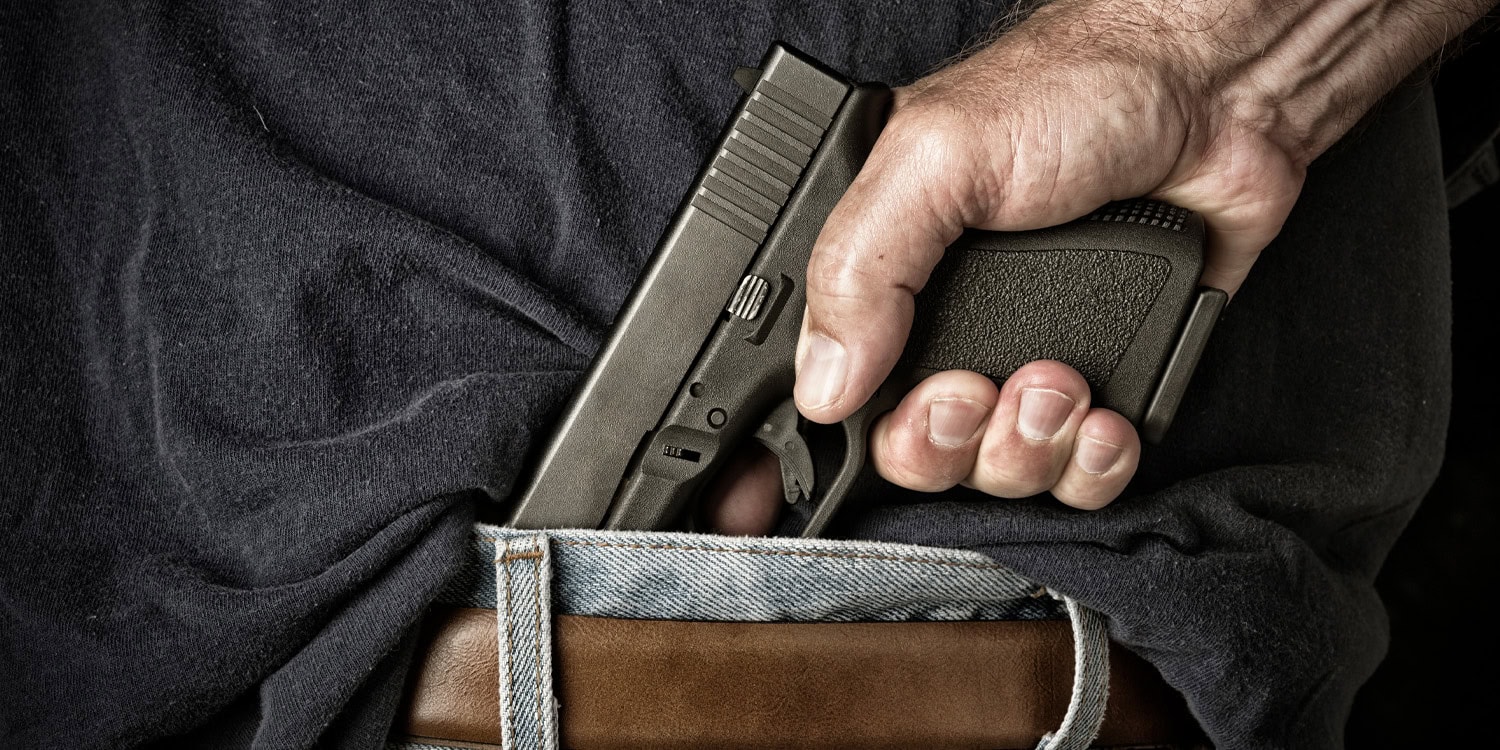A new study challenges the belief that gun-free zones attract active shooters. In the first quantitative study of its kind, published in The Lancet Regional Health – Americas, researchers found that gun-free zones may actually reduce the likelihood of mass shootings. According to their findings, gun-free zones do not make establishments more vulnerable to shootings. Instead, they appear to have a preventative effect.
In recent years, mass shootings have been a distressing and recurring issue in the United States. This has sparked heated debates around gun laws and safety, with gun-free zones frequently caught in the crossfire. Gun-free zones are areas where individuals are prohibited from carrying firearms, such as schools, malls, and certain businesses. Critics argue that these zones create “soft targets” for shooters because they prevent people from defending themselves with firearms.
Despite the prominence of this argument, no quantitative studies had previously examined whether gun-free zones truly increase the risk of mass shootings. In fact, a comprehensive literature review found no empirical evidence either supporting or refuting these claims. This gap in research motivated the UC Davis team to conduct their study.
“Whenever there was popular press around a different topic related to gun violence prevention, one of the more prominent responses by gun-rights activists, often right in the comments, was to look into gun-free zones. They believe that gun-free zones were proof that places without guns were less safe. I decided to look into that to see if it was true,” said study author Paul M. Reeping, a postdoctoral fellow at the Violence Prevention Research Program at the University of California, Davis.
The research team conducted a case-control study, focusing on active shootings that occurred in the United States between 2014 and 2020. Active shootings, as defined in this study, refer to incidents where one or more individuals intentionally shoot at bystanders in public spaces. The study excluded shootings in schools because all schools are federally mandated gun-free zones, which would skew the comparison.
To compare gun-free zones and gun-allowing zones, the researchers created two groups of establishments: 150 locations where active shootings had occurred (the case group) and another 150 locations where no shootings had taken place (the control group). The case group was drawn from active shooting databases maintained by agencies like the FBI and the NYPD, while the control group was randomly selected from a database of U.S. businesses. Both groups were carefully matched by factors such as location, type of establishment, and year to ensure a fair comparison.
The next step involved determining whether each establishment was a gun-free zone at the time of the shooting or its equivalent timeframe in the control group. The researchers used several methods to ascertain this, including reviewing local policies, business websites, news reports, and even contacting the establishments directly.
Finally, the team analyzed the data using statistical methods to determine the odds of an active shooting occurring in a gun-free zone versus a gun-allowing zone. By pairing cases and controls, the researchers accounted for important factors like establishment type and county-level variables that might influence the likelihood of a shooting.
The study’s most striking finding was that gun-free zones were less likely to experience an active shooting than gun-allowing zones. Of the 150 shootings examined, 48% took place in gun-free zones, while 61.3% of the control locations (where shootings did not occur) were gun-free. This indicates that gun-free zones are not disproportionately targeted by shooters.
In fact, establishments that prohibited firearms were found to be 62.5% less likely to have an active shooting incident compared to places where guns were allowed. This association remained strong even after adjusting for potential confounding factors, such as the distance of the establishment to the nearest police station.
“I wasn’t expecting to find a protective effect because the sample size is small and gun-free zone enforcement can be widely variable,” Reeping told PsyPost. “Nevertheless, even with these limitations, a protective effect was still found.”
Contrary to claims that shooters deliberately target gun-free zones, the findings suggest that these areas may actually be safer from mass shootings. This could have significant implications for public policy, particularly in light of recent legal challenges to gun-free zones. The U.S. Supreme Court’s 2022 decision in New York State Rifle & Pistol Association Inc. v. Bruen made it more difficult to impose restrictions on carrying firearms in public, but gun-free zones remain a notable exception.
“Gun-free zones, on average, do not attract active shootings,” Reeping said. “In fact, they may be protective against active shootings. This is in line with most research that finds that more guns result in more gun crimes.”
While the findings are robust, the researchers acknowledged some limitations. Notably, the study did not include schools, despite them being frequent subjects of gun-free zone debates. Schools were excluded because they are universally gun-free by law, making it impossible to compare them to similar establishments where guns are allowed. This exclusion means the study’s findings do not apply to schools, which are often a key focus in debates about gun-free zones.
The researchers also emphasized the need for further studies to confirm these findings and explore the nuances of gun-free zone effectiveness. More research is needed to understand how other factors, like the type of gun-free zone (e.g., whether it’s a government-mandated zone or a privately imposed one) and the local context (such as neighborhood crime rates and gun ownership levels), might influence the relationship between gun-free zones and shootings.
“This is the first-ever study on gun-free zones and active shootings,” Reeping noted. “More studies are needed in order to confirm these results. I hope to publish several studies on gun-free zones. See another article related (on gun-free school zones and crimes committed with a firearm) here: https://pubmed.ncbi.nlm.nih.gov/37964181/.”
The study, “Gun-free zones and active shootings in the United States: a matched case-control study,” was authored by Paul M. Reeping, Christopher N. Morrison, Ariana N. Gobaud, Sonali Rajan, Douglas J. Wiebe, and Charles C. Branas.




